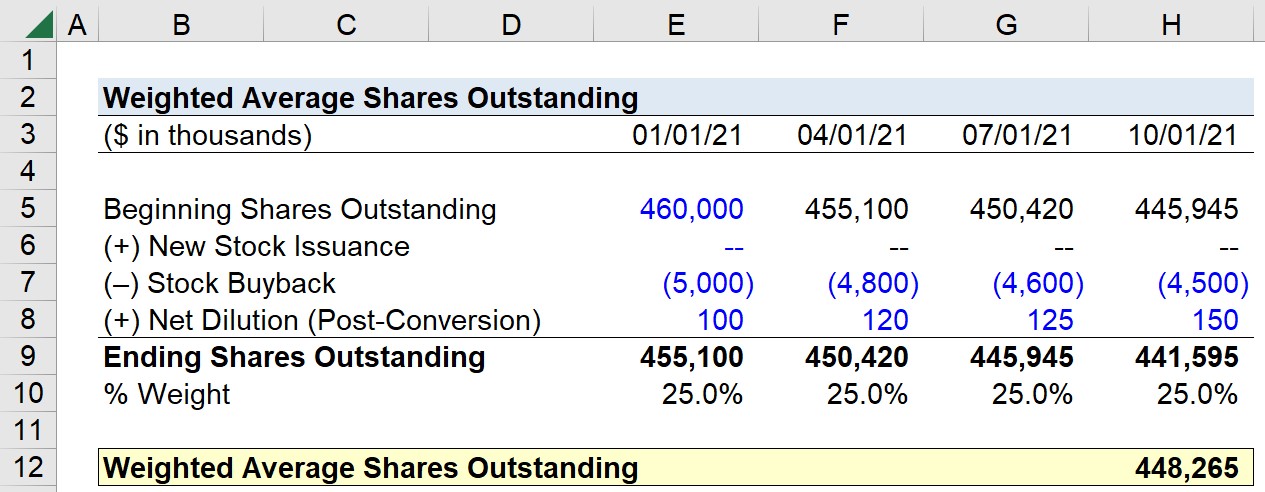Home>Finance>Financial Ratio Analysis: Definition, Types, Examples, And How To Use


Finance
Financial Ratio Analysis: Definition, Types, Examples, And How To Use
Published: November 24, 2023
Learn everything about financial ratio analysis in finance, including its definition, types, examples, and how to effectively use it to make informed decisions.
(Many of the links in this article redirect to a specific reviewed product. Your purchase of these products through affiliate links helps to generate commission for LiveWell, at no extra cost. Learn more)
Unlocking the Power of Financial Ratio Analysis
Understanding the financial health of a company is essential for investors, creditors, and even business owners. Financial ratio analysis is a powerful tool that helps to assess a company’s performance and make informed decisions. In this article, we will dive deep into the world of financial ratio analysis, exploring its definition, types, examples, and how to use it effectively.
Key Takeaways:
- Financial ratio analysis is a powerful tool to assess a company’s performance and financial health.
- It helps investors, creditors, and business owners make informed decisions.
What is Financial Ratio Analysis?
Financial ratio analysis is a method of evaluating a company’s financial health and performance by analyzing its financial statements. By comparing different financial ratios, we can gain valuable insights into various aspects of a company’s operations, including profitability, liquidity, solvency, and efficiency.
Types of Financial Ratios
Financial ratios can be broadly classified into four main categories: liquidity ratios, solvency ratios, profitability ratios, and efficiency ratios. Let’s take a closer look at each of these categories:
- Liquidity Ratios: These ratios measure a company’s ability to meet short-term obligations and assess its financial stability. Examples include the current ratio and the quick ratio.
- Solvency Ratios: Solvency ratios evaluate a company’s ability to meet long-term debt obligations. The debt-to-equity ratio and the interest coverage ratio are common examples.
- Profitability Ratios: These ratios indicate a company’s ability to generate profits relative to its revenue, assets, and shareholders’ equity. Examples include the gross profit margin, net profit margin, and return on equity.
- Efficiency Ratios: Efficiency ratios measure how well a company utilizes its assets and resources to generate sales and profits. Examples include the asset turnover ratio and inventory turnover ratio.
Using Financial Ratio Analysis
Financial ratio analysis is a versatile tool that can be used in various scenarios. Some common applications include:
- Comparing Companies: Financial ratio analysis allows investors and creditors to compare the financial performance of different companies within the same industry. This helps in identifying strong performers and potential investment opportunities.
- Evaluating Trends: By analyzing financial ratios over multiple periods, we can identify trends and spot any positive or negative changes in a company’s financial performance. This information is valuable for making predictions and forecasting.
- Assessing Risk: Financial ratio analysis helps identify potential financial risks by highlighting areas of concern such as high debt levels, low liquidity, or inefficient asset utilization. This knowledge allows investors and creditors to make more informed decisions.
- Measuring Efficiency: Ratios like the inventory turnover ratio and the asset turnover ratio help businesses assess their operational efficiency and make necessary improvements to maximize profits.
Bringing It All Together
Financial ratio analysis is an invaluable tool for understanding a company’s financial health and making informed decisions. By analyzing liquidity, solvency, profitability, and efficiency ratios, investors, creditors, and business owners can gain valuable insights into a company’s performance, compare companies, evaluate trends, assess risk, and measure efficiency.
So, whether you are a seasoned investor looking for the next promising stock or a business owner planning for growth, financial ratio analysis is an essential skill that can guide you towards success.














